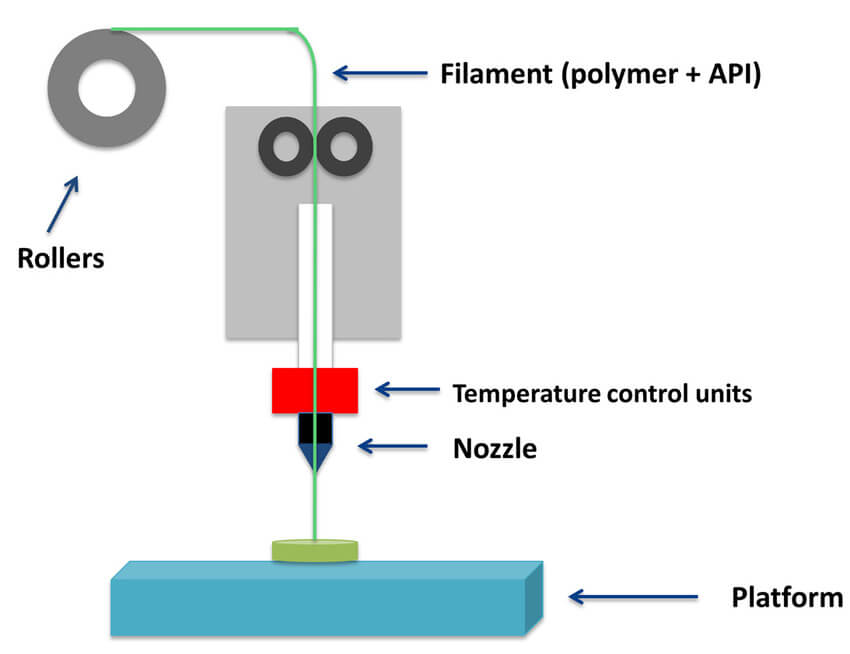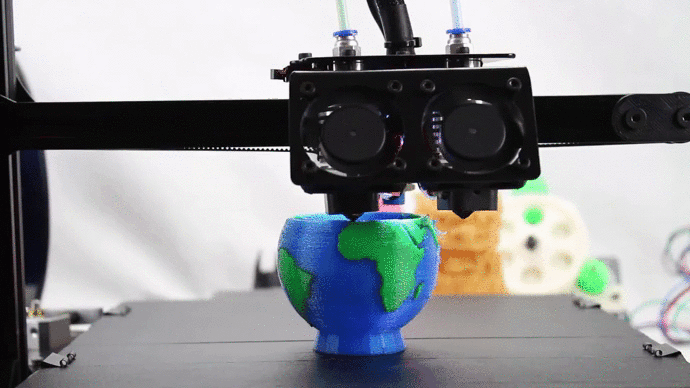3D printing or additive manufacturing is a process of making three dimensional solid objects from a digital file.

The 3D printing process builds a three-dimensional object from a computer-aided design (CAD) model, usually by successively adding material layer by layer, which is why it is also called additive manufacturing. 3D printing covers a variety of processes in, which material is joined or solidified under computer control to create a three-dimensional object, with material being added together typically layer by layer.
The creation of a 3D printed object is achieved using additive processes. In an additive process object is created by laying down successive layers of material until the object is created. Each of these layers can be seen as a thinly sliced horizontal cross-section of the eventual object.

3D printing is the opposite of subtractive manufacturing which is cutting out / hollowing out a piece of metal or plastic with for instance a milling machine.
3D printing enables you to produce complex shapes using less material than traditional manufacturing methods.
There are several different techniques to 3D print an object. For more detail about 3D printer types: Types of 3D printers
How Does 3D Printing Work
3D printing is a relatively simple, highly automated process.
1. Start with a CAD file. A CAD file, or computer aided design file, can be created by CAD software like Solidworks, Autodesk Fusion, Onshape, Spaceclaim, or many others.
2. Exported the file from CAD as an STL file, the universal input file type of 3D printers.
3. After exporting the part, upload the STL file to software of printer.
4. Once the part is uploaded, select material and other print settings, and let the software automatically process your part. The software slices the file into layers and determines tool paths for each layer.
5. After the part is sliced, press print. The part is printed layer-by-layer. Different technologies and materials control how sensitive you can make your part, surface finish, and durability of the finished part.